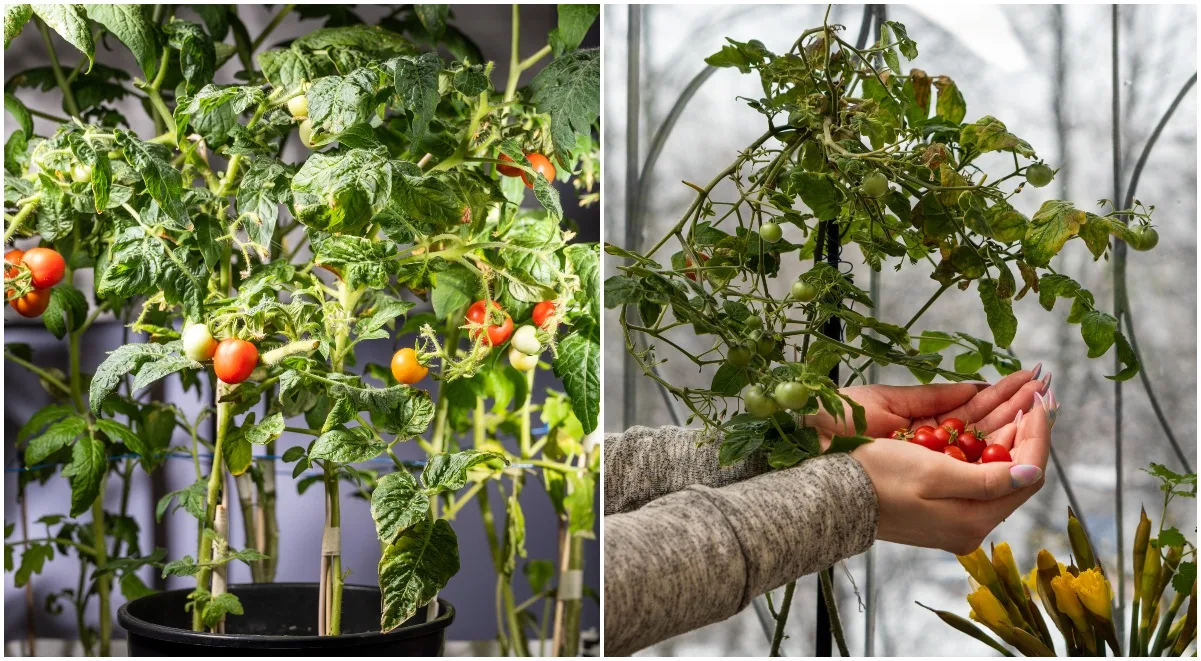
The taste of a homegrown tomato is largely due to the amount of sun they get. Intense sun increases photosynthesis in tomatoes which allows the plants to make carbohydrates that turn into sugars, acids and other compounds in the fruit.
Essentially, the more photosynthesis, the more complex the flavor of a tomato. And by extension, the more sun you give a tomato, the more flavourful the end result will be.
This makes tomato growing a purely summer pursuit.
So what happens when the summer season is over and you still have an intense craving for homegrown tomatoes? Can you really grow tomatoes in winter?
Can Your Grow Tomatoes In Winter?
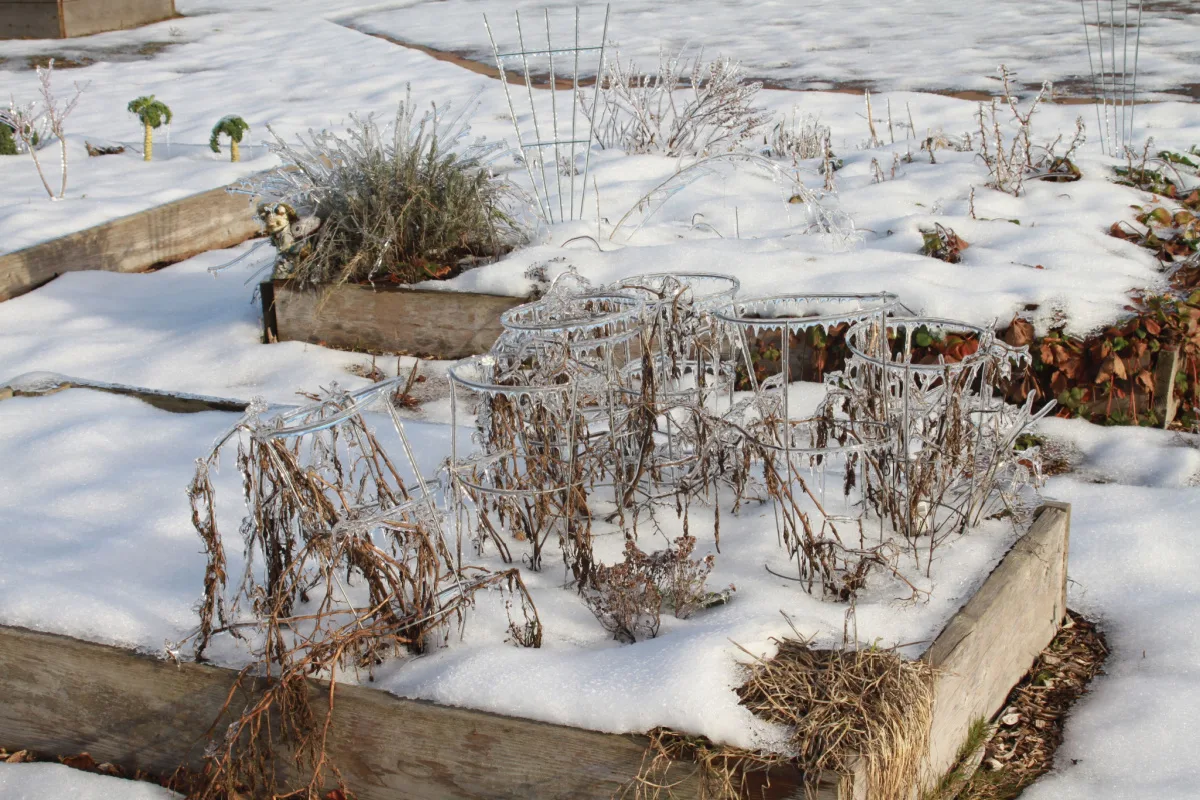
Although it may seem impossible, there are several ways you can grow tomatoes in winter.
The first is to choose tomato varieties that are able to grow in cooler weather. These varieties have more cold tolerance and a shorter season to ensure you still have fruits to harvest at the end of the day.
The second, if you have the space, is to bring your tomato plants indoors for the winter. As long as you have the right setup, this can even be easier than growing outdoors as you can limit the problems with pests and diseases these plants are prone to.
Finally, if you have the garden space for a greenhouse, you can grow tomatoes there year-round. As long as there is enough sun in your region over winter, the plants will be protected from the heat and should still be able to produce fruit, even if your yield is slightly smaller.
If you’re committed to tomato growing, there’s also nothing stopping you from trying all three options to make the most of your garden space.
3 Ways To Grow Tomatoes In Winter
1. Growing Specialized Varieties
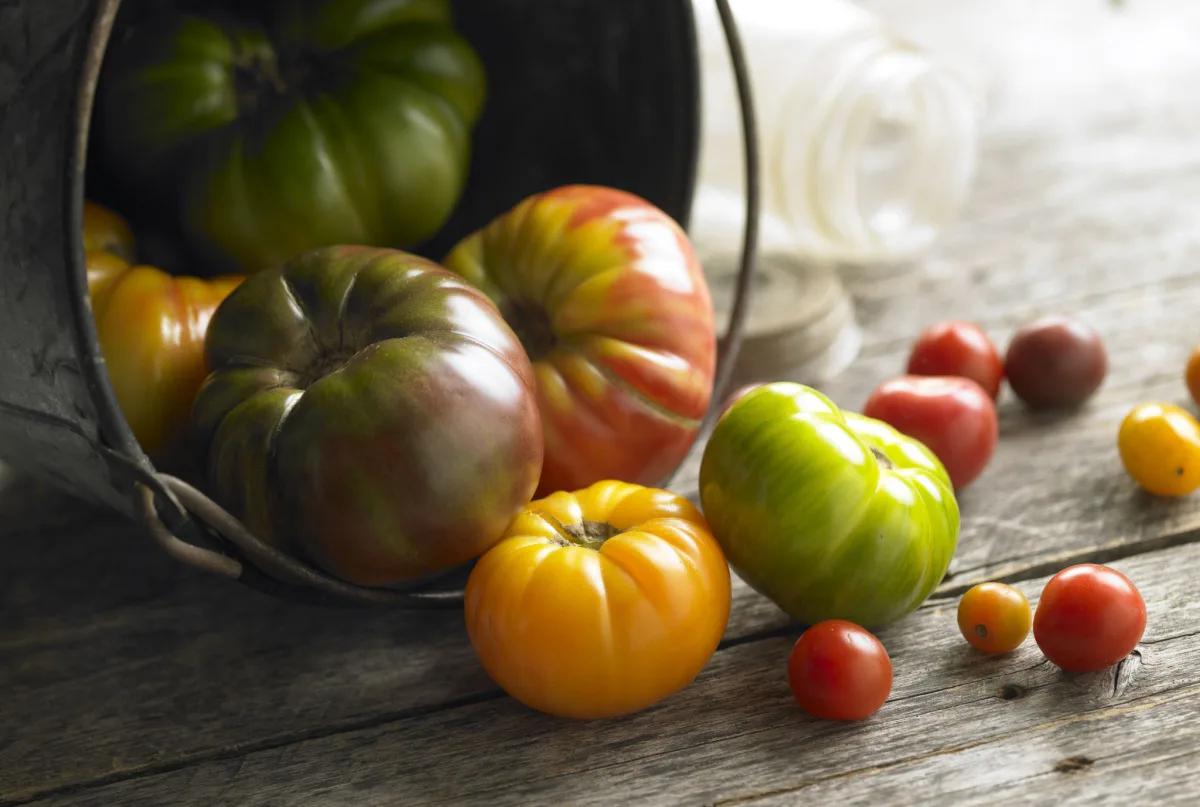
Although there aren’t many, there are some types of tomatoes that can be grown in the cooler months. These are usually the ones that have a short season to fruit maturity.
The temperature tolerance for these is also important as they must be able to withstand temperatures from around 50F – 60F. They will need the temperature to increase often enough to around 70F in order to produce the best fruit. Ensure you check the temperatures in your region before planting to make sure they will be able to fruit.
If there is any chance of frost, your tomatoes need to be protected by moving them into a greenhouse or using frost protection fabric to cover them.
Things have changed over the years and scientists have been able to hybridize tomatoes to grow in winter. These plants are now available for growing in the colder months and have been tried and tested in the colder regions.
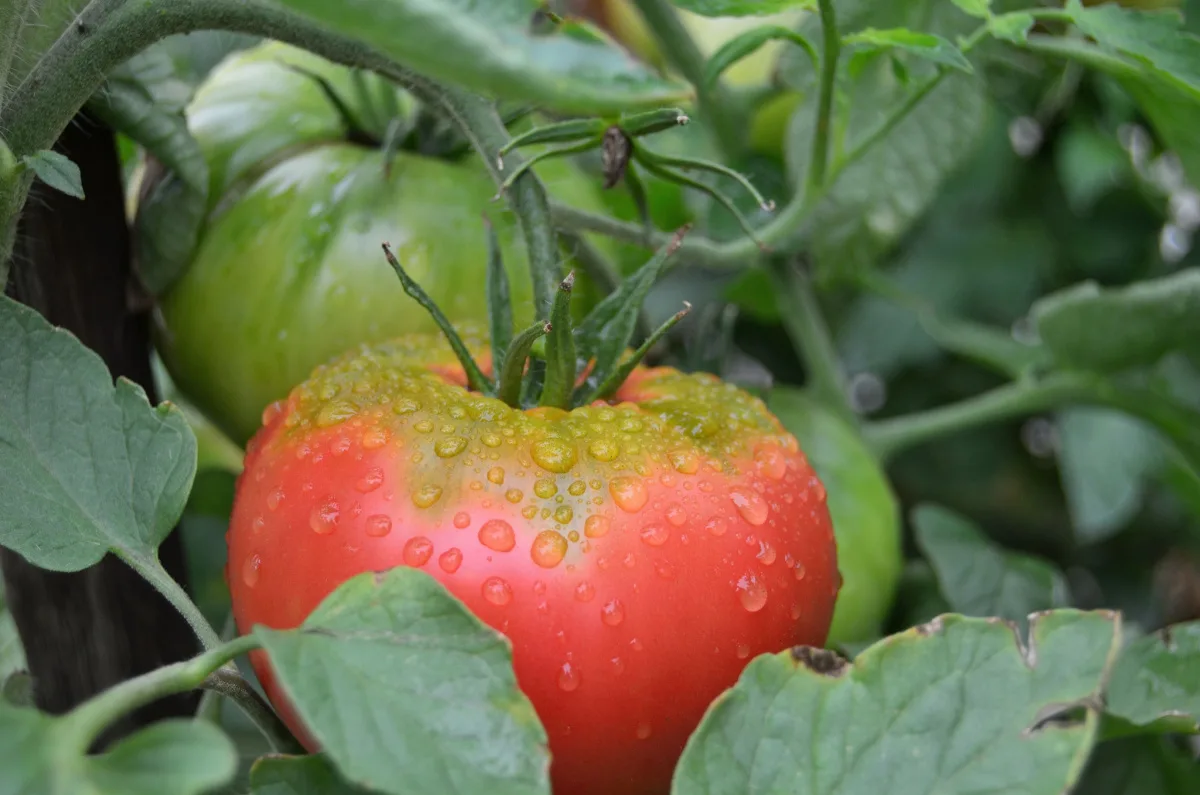
Here are some varieties that are known as ‘winter tomatoes’, tried and tested in the colder regions.
Legend
A determinate variety that takes around 68 days to harvest and produces sweet fruit with few seeds. This variety is more Late Blight resistant than other hybrids if that is a problem in your area. It is also a parthenocarpic tomato needing no fertilization to produce fruit.
The fruits are classed as glossy red beefsteaks with an excellent flavor, as the name suggests. They are best as outdoor tomatoes but can also be grown in a greenhouse.
Oregon Spring
A determinate variety that takes 58 – 60 days to produce red globe tomatoes which have meaty flavorful fruits. This variety also requires no fertilization to set fruit. The fruit will be juicy with little or no seeds.
Prairie Fire
55 days to harvest for this compact tomato that will produce deep red, grape-shaped, pointy tomatoes with gold flecks and a rich, sweet flavor. This indeterminate variety will need staking and can be harvested over a period of time.
Glacier
From Sweden comes a determinate variety that takes 55 days to produce fruit and is very cold-tolerant. These plants produce very flavorful round tomatoes. The plants may also be safe in light frost.
Siberian
As the name suggests, this tomato variety was developed in Russia and has only a 50-day to harvest time. It produces bright-red sweet round tomatoes on a determinate plant. It also sets fruit at lower temperatures than other varieties.
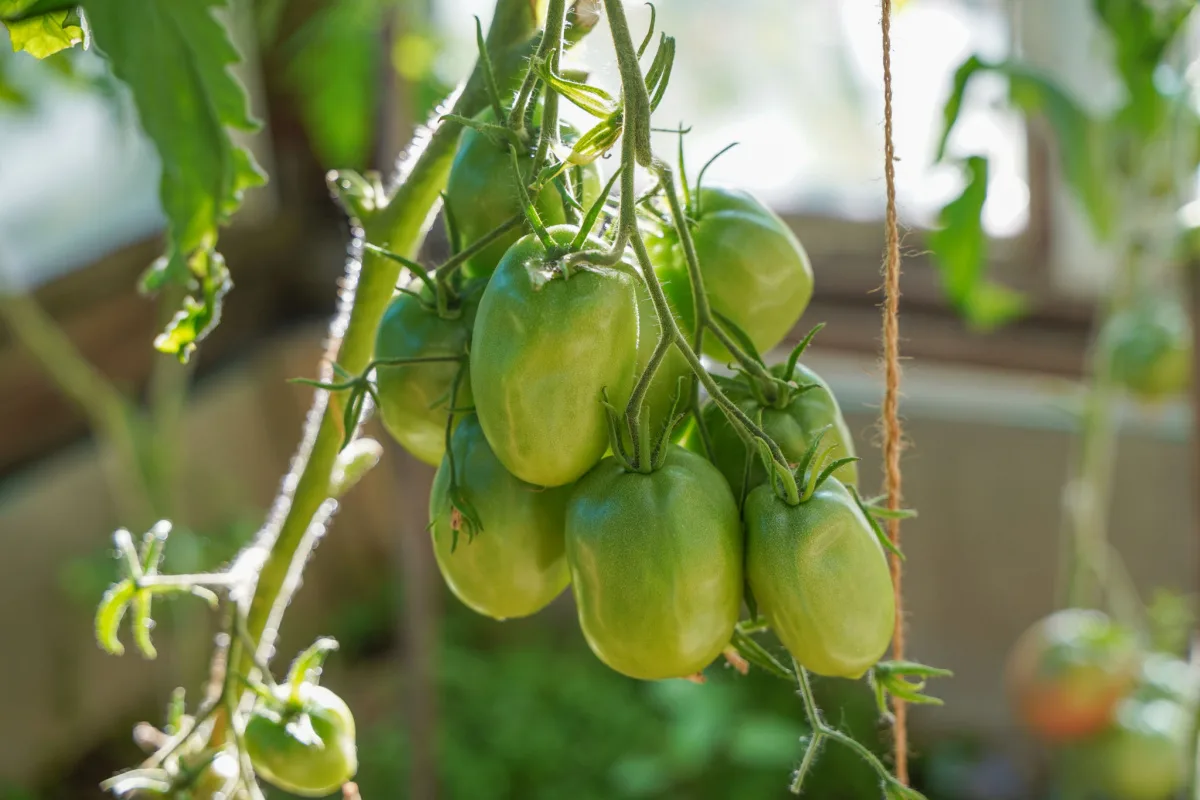
Galina
Another Siberian variety that takes 75 days to harvest. The tomatoes are yellow to orange in color and cherry-sized at about 1 inch in diameter on indeterminate vines. They have a well-balanced sweet taste and a good texture.
Northern Lights
A medium-sized beefsteak tomato that is cold hardy and will fruit up to the first frost. It’s a bicolored tomato with red and orange stripes. The indeterminate vines will take only 55 days to harvest.
San Francisco Fog
At the later end of the scale, this interestingly named tomato takes 70 days to harvest. It was probably named for its preference for cool wet weather. It produces red globe tomatoes that are sweet and flavorful.
There are more than 10 000 varieties of tomatoes that have been hybridized or are heirloom varieties that have been saved. This is just a small sample of the ‘winter’ tomato types that are available and if you want to grow in your area, get some advice from your local nursery. They will be able to tell you what varieties are best to grow in your specific area.
2. Growing Tomatoes Indoors
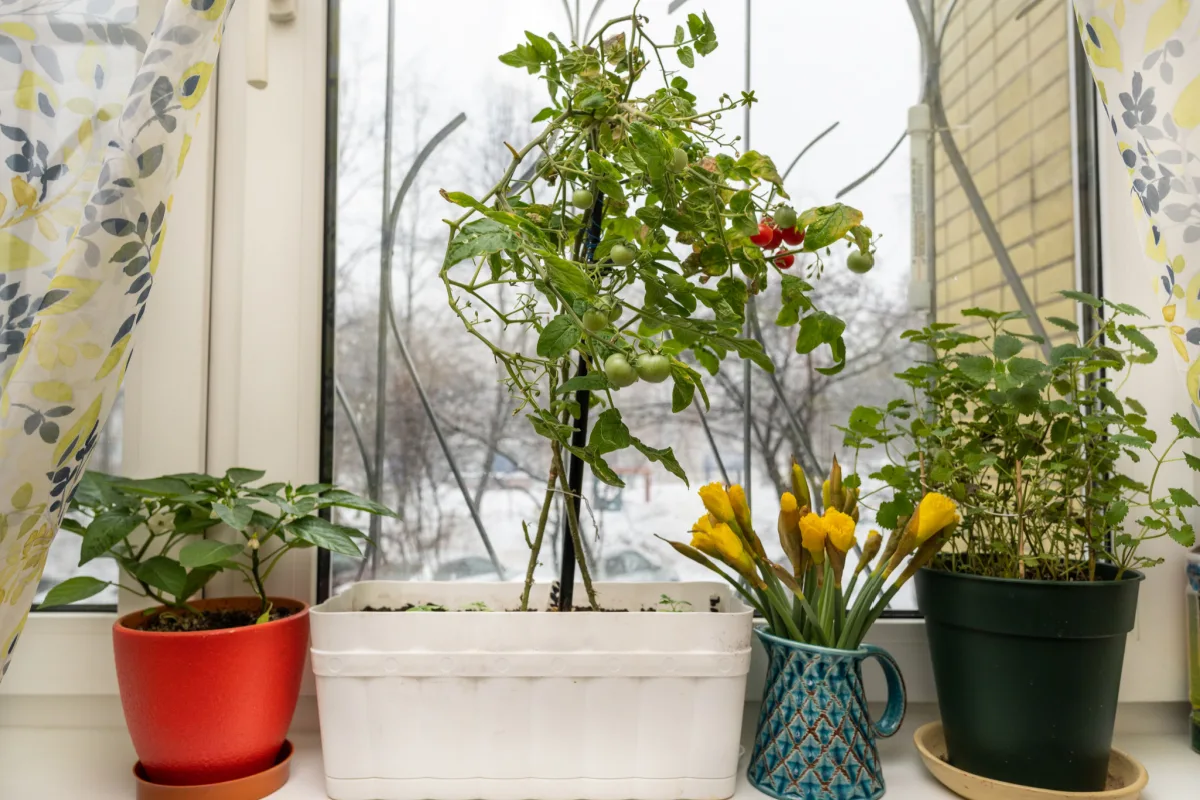
It’s not often that tomatoes are grown indoors, but it’s not an impossible task. This allows you to avoid the cold that kills off tomato plants outdoors, protecting them so they can still produce fruit in winter.
Growing tomatoes indoors can be done as long as the conditions that they desire are replicated indoors. This includes lighting, temperature, humidity and more.
The types of tomatoes most often grown indoors are the determinate varieties. These have a set pre-determined size and grow well in containers. Look out for patio varieties of tomatoes that are especially compact and yet still abundant fruit producers.
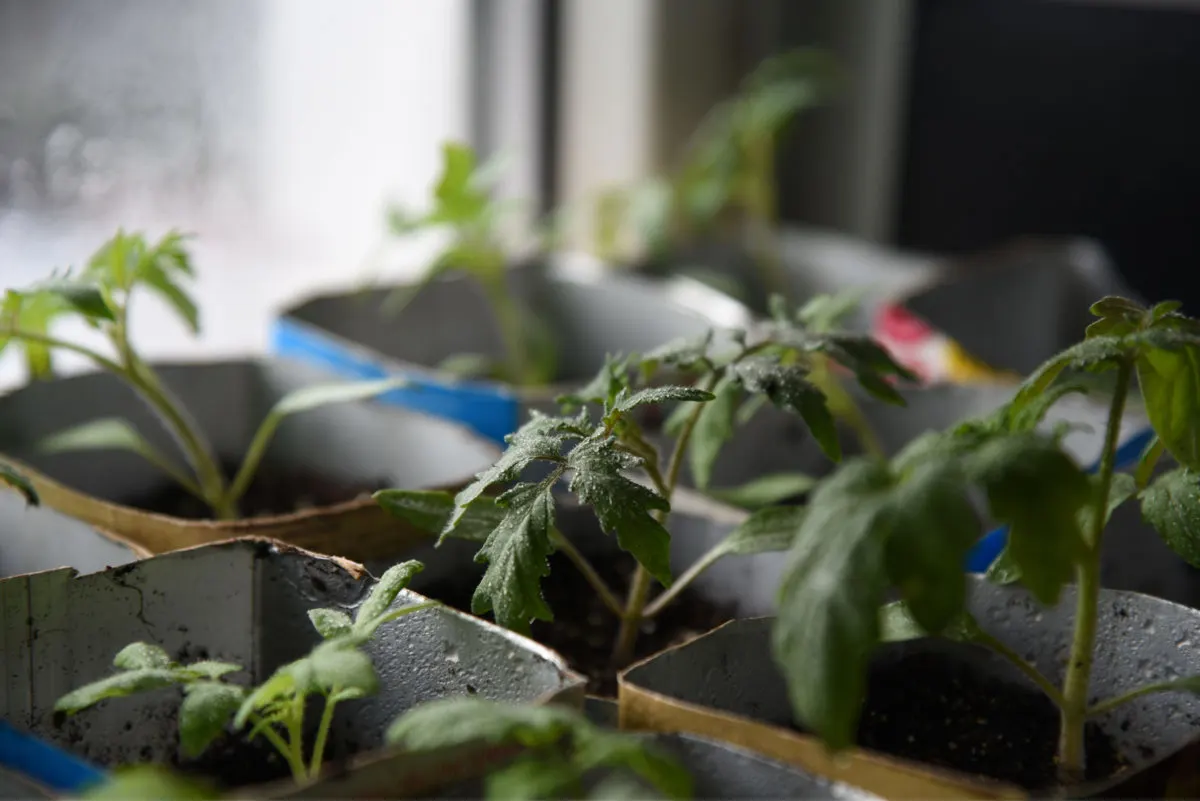
It’s tricky to get a vine’s needs met in an indoor setting. The only setback with determinate varieties is that they produce their fruit all at once, so it’s best to stagger their planting to get a continuous harvest.
The biggest problem when growing tomatoes indoors over winter is sunlight. Tomatoes require loads of sunlight and a warm place to perform at their best. In winter, the light at a window is often not enough for a tomato’s 6-8 hours minimum a day of sunlight. That means you’ll need to invest in grow lights in order to grow tomatoes successfully indoors.
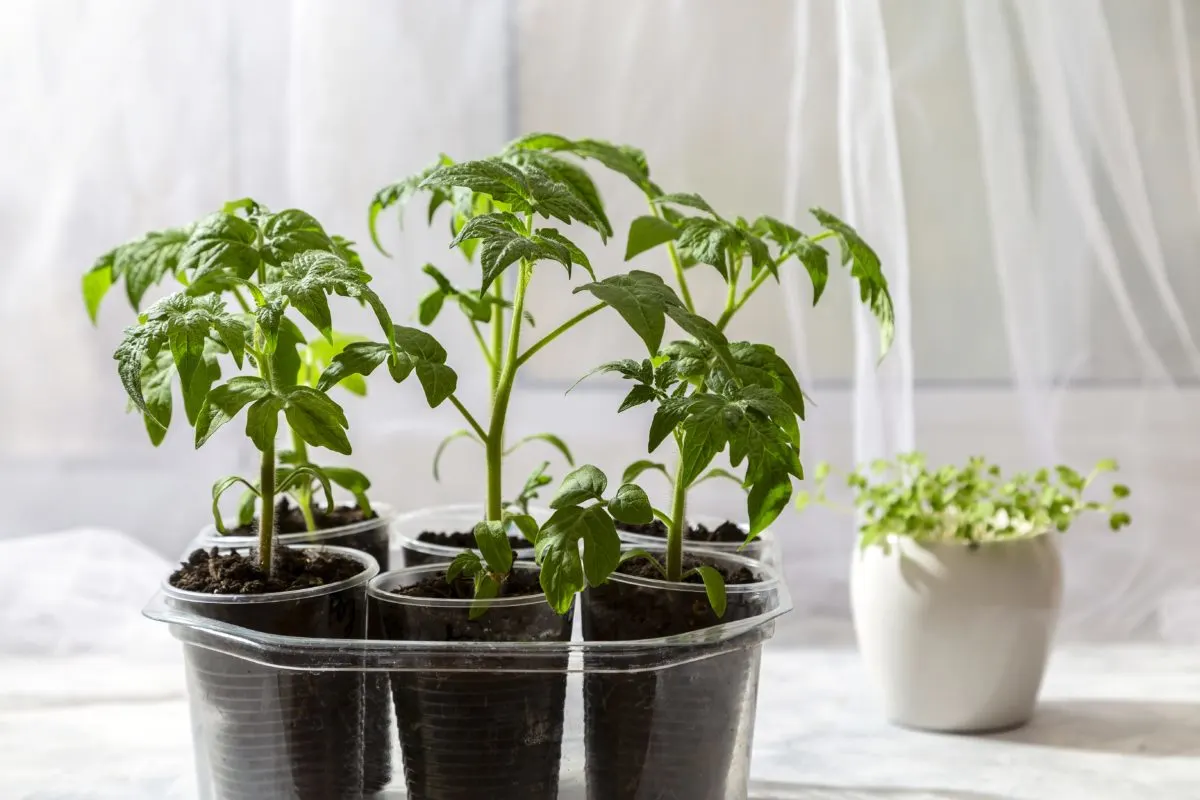
In southern regions, a bright south-facing window may be enough to keep a tomato plant happy, and continual turning of the pot will help it keep shape. As you move northwards, supplementary lighting will be a necessity.
Grow lights need to be 1-2 inches above the plant until they start flowering and fruiting. Then, they can be moved higher. You don’t want indoor plants to become leggy or the stems will not be strong enough to support fruit.
They also need temperatures between 70F – 80F. Make sure they are not placed in a spot with too many drafts.
3. Growing in a Greenhouse
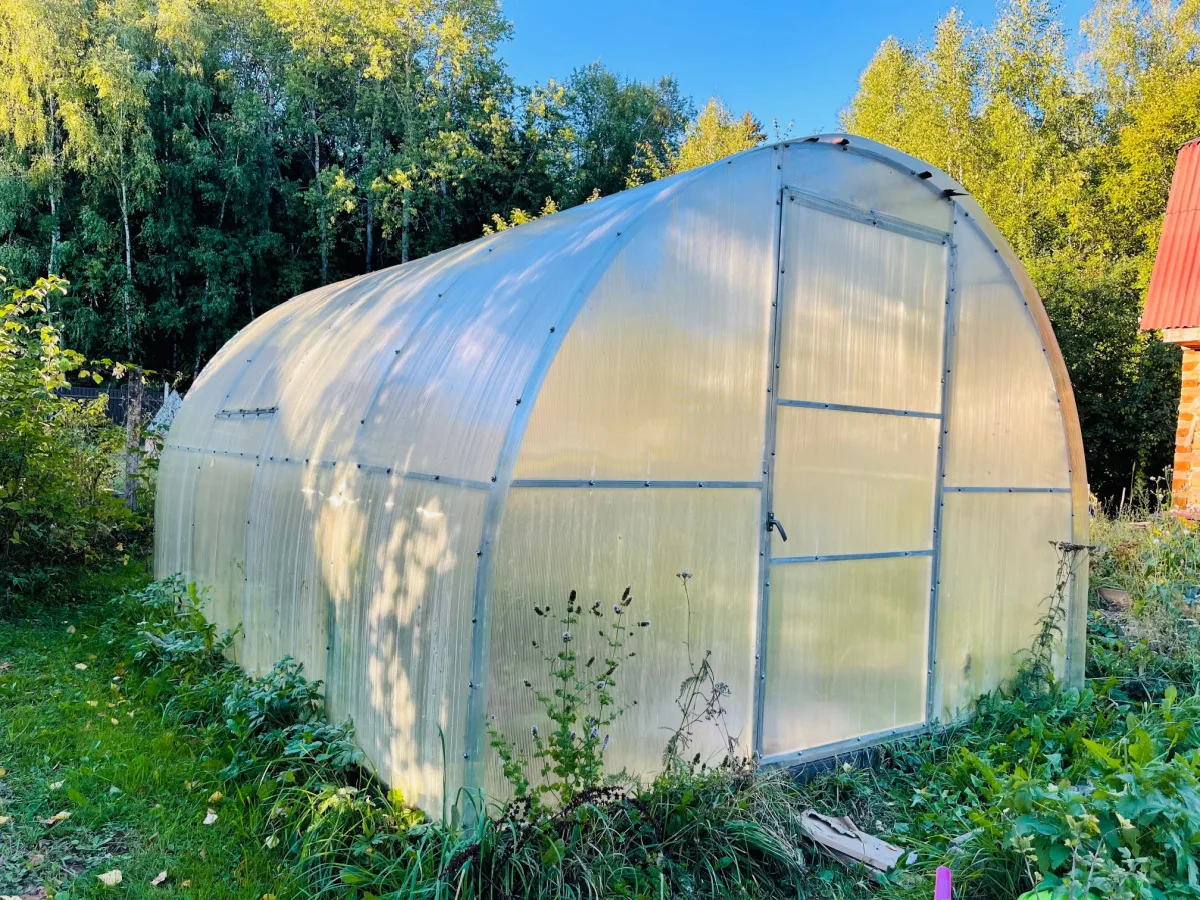
Greenhouses make it easy to grow tomatoes in winter by protecting them from frost.
However, there are a few things to remember.
They need to be shaded from extreme sunlight using blinds or a shade cloth. As tomatoes dry out more often in these conditions, they are prone to tough skins and blossom end rot.
Luckily, one of the benefits of growing in a greenhouse is that you can control watering. Overwatering outdoors if the weather has too much rain is the cause of many fungal diseases and pests that can attack tomato plants. This skips that problem altogether.
Tomatoes grown in a greenhouse are often grown hydroponically, carefully fed and watered for the best results. Help with pollination by either vibrating the plants, using a paintbrush to hand pollinate, or adding bumblebees to the mix to do the job for you.
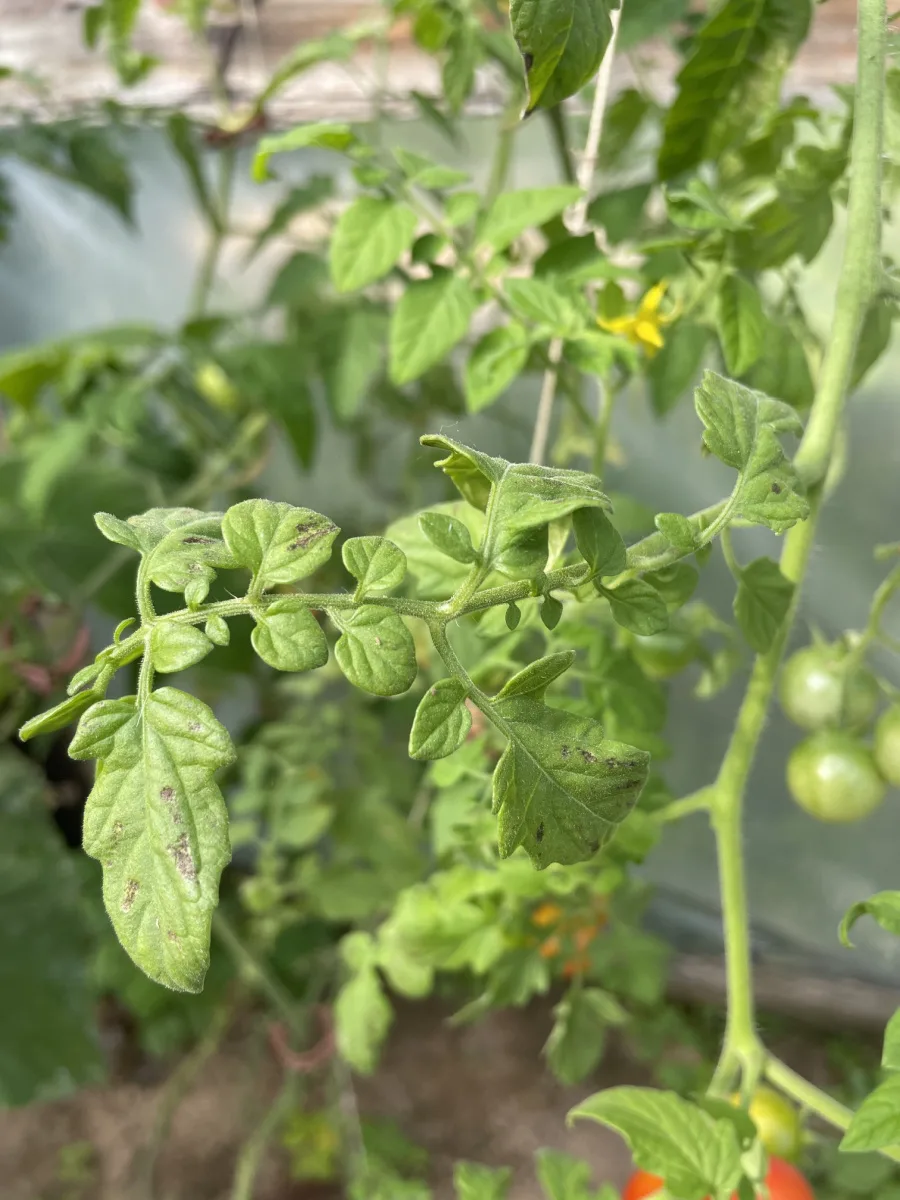
The temperature in the greenhouse for growing tomatoes should be between 70 and 80F during the day and 60 and 65F at night. This may require cooling and heating depending on the area you live in.
They also need good air circulation and ventilation. Fans may be in order to make sure the air is circulating between the plants well or they may succumb to the many diseases a tomato can get.
Keep the humidity below 90% to prevent fungal diseases from attacking your crops and make sure they have enough light for good fruiting.
As long as you keep a few important factors in mind, you shouldn’t have any trouble keeping tomato plants alive over winter, but you may need some special equipment to get your plants to flower and fruit.
